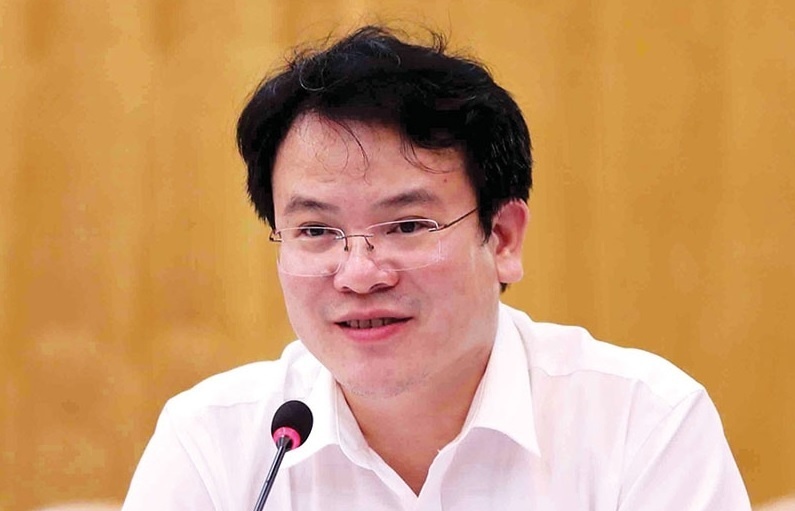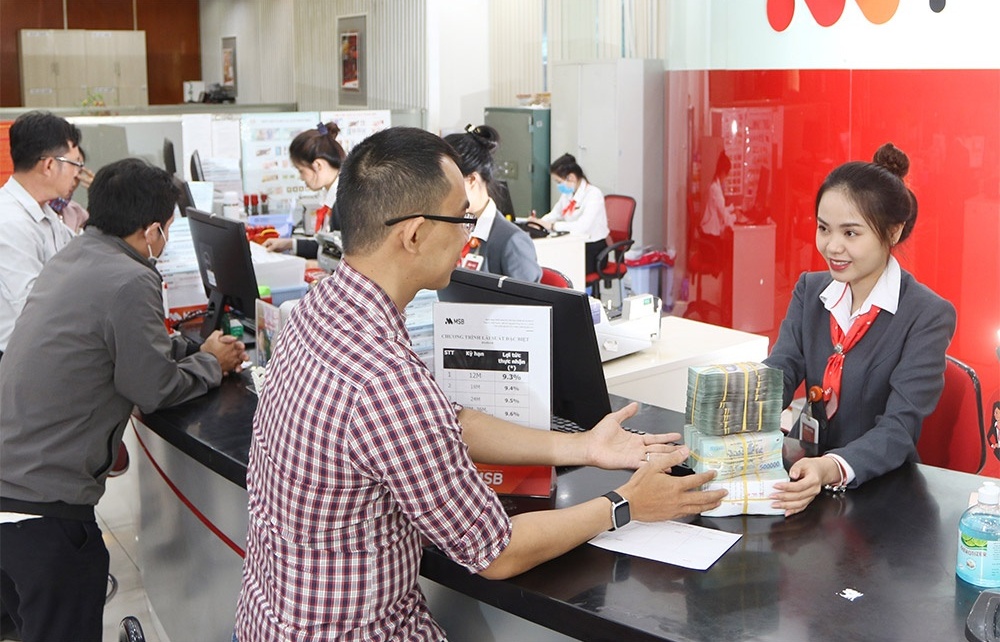State firms key actors in restructuring
 Could the recent bailout package and series of production and consumption stimulus measures help Vietnam achieve set economic growth targets in 2012?
Could the recent bailout package and series of production and consumption stimulus measures help Vietnam achieve set economic growth targets in 2012?
Three scenarios for 2012 economic growth are currently in place. These are maintaining National Assembly set growth targets of 6-6.5 per cent, 5.5-5.7 per cent growth parallel to taking measures to support firms and 5-5.2 per cent growth parallel to exercising measure packages to push up economic restructuring.
What scenario will become a reality depends on the recent VND29,000 billion ($1.38 billion) bailout package. If it worked well, economic growth might reach 5.5-5.7 per cent, otherwise growth would slow down to 5.2 per cent.
Should we pump more money to have GDP growth exceeded projections or not needs further consideration. Final decisions will be made in the government’s regular meeting in late June.
Vinashin and Vinalines have created media storms. What should we do first when streamlining state groups and firms based on lessons from these cases?
State-owned enterprises (SOEs) and groups should properly handle their functions. Firstly, a group is an enterprise with the same accounting and management systems.
Besides, state enterprises should also follow a holding company model which means their financial reports must be known to the public. This is different from holding companies from other economic sectors. At this time, information about the SOE sector becomes more transparent to the public than other sectors.
State enterprises continue to have a key role in the government’s master plan on economic restructuring. Is that a rational decision when capital usage efficiency at these businesses have been below expectations?
In reality, SOEs still play a ruling role in the market. Hence, for market orientations these firms must take the lead. The leading role here means the role of the avant-garde. When the market is established, the state may go out and invest in other areas. For instance, in early stage of Vietnam’s stock exchange development most of securities firms belonged to state banks. Of the more than 100 securities firms at present none are from the state.
However, the model state enterprises proven success with its leading role does not work to all business areas in the market economy.
We should not hold biased views towards state groups. Vinashin and Vinalines incurring losses were partly due to unexpected occurrences. Of course, those at state firms who were found guilty must be brought to court, but a cautious approach is needed when appraising SOEs’ performance.
International organisations say the pace of equitising SOEs in Vietnam is too slow. What is your stance?
Equitising SOEs is one of measures to enhance firms’ efficiency. However, it is not a panacea. In fact, many FDI firms in Vietnam currently operate as a sole-member limited liability company model like Siemens or Canon.
Equitising has proven effective when the state wants to partly or entirely divest from an area. Input from international companies deserves respect but we must ensure its application match Vietnam’s practices.
What the stars mean:
★ Poor ★ ★ Promising ★★★ Good ★★★★ Very good ★★★★★ Exceptional
Related Contents
Latest News
More News
- Mitsubishi Estate launches Logicross Hai Phong - a milestone in logistics evolution (November 20, 2024 | 14:32)
- Semiconductor workforce partnerships deliver industry-relevant training (November 20, 2024 | 10:58)
- German Quickpack to invest $31.7 million in Long An province (November 20, 2024 | 09:31)
- Foreign-invested enterprises drive logistics investment in the southeast region (November 20, 2024 | 09:27)
- Chile visit underscores trade benefits (November 19, 2024 | 10:00)
- Trump’s second term impacts sci-tech activities and industry 4.0 technologies (November 18, 2024 | 10:00)
- Vietnam eyes nuclear revival to bolster energy security (November 14, 2024 | 16:46)
- Kyokuyo completes $13.5 million seafood factory in Vietnam (November 14, 2024 | 12:19)
- VinFast receives $3.5 billion funding from Vingroup and Pham Nhat Vuong (November 14, 2024 | 06:38)
- Localities sprint to reach FDI targets (November 13, 2024 | 10:00)


 Tag:
Tag:

















 Mobile Version
Mobile Version